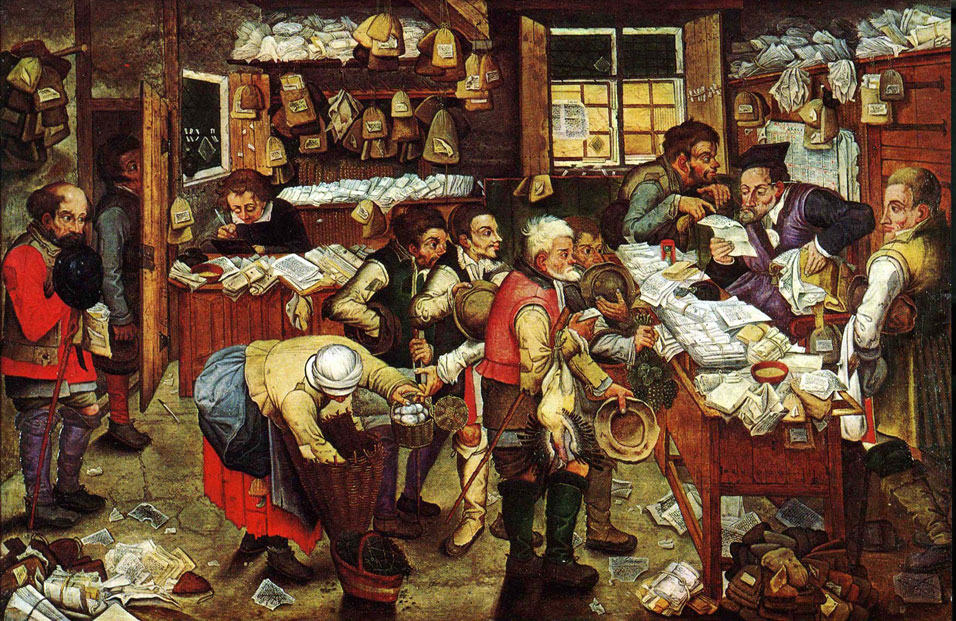Hi
Totally new to IRIS and Cache.
Trying to evaluate it and work out how we could use it.
As a standard application database. Object or relational etc. does not matter.
Issue is ObjectScript.
So:
1) Can we develop, maintain and use an IRIS database and never use ObjectScript i.e. use only Java, Python, C++ interfaces etc. (exactly which one does not matter)? Would that make designing and using the IRIS database more prone to inefficiency and error?

